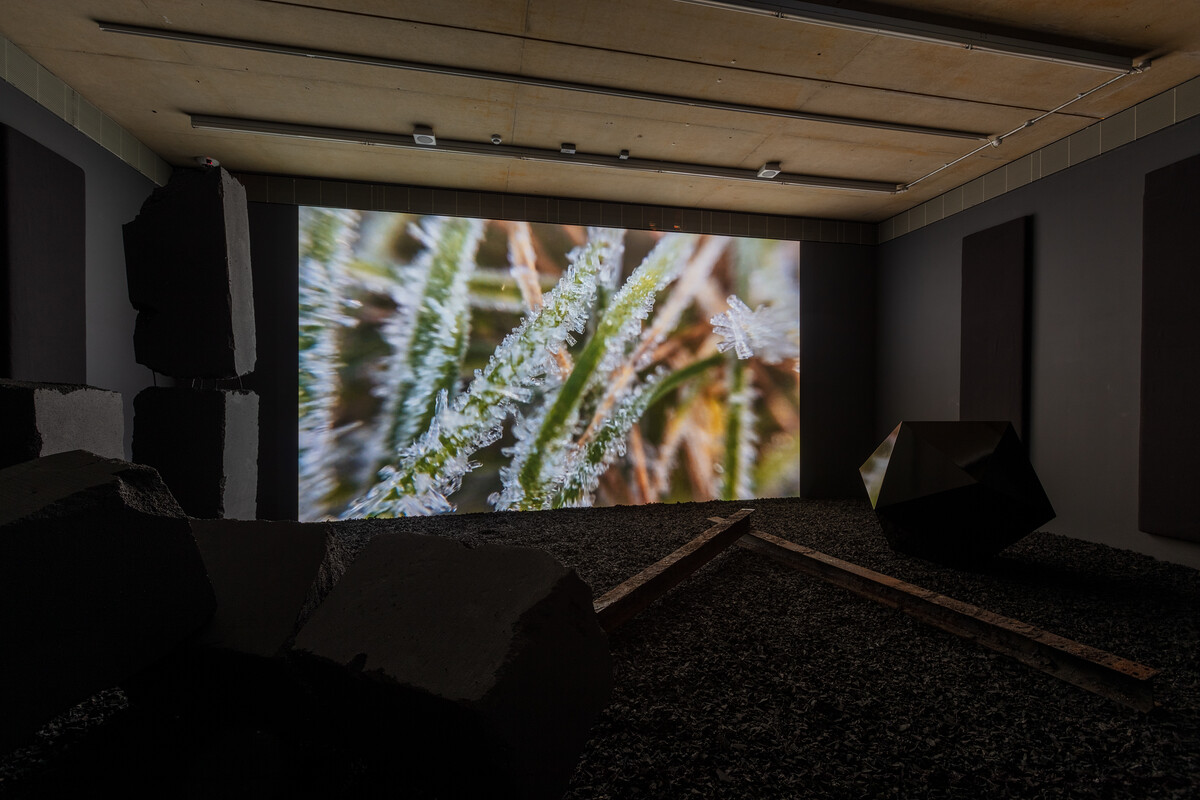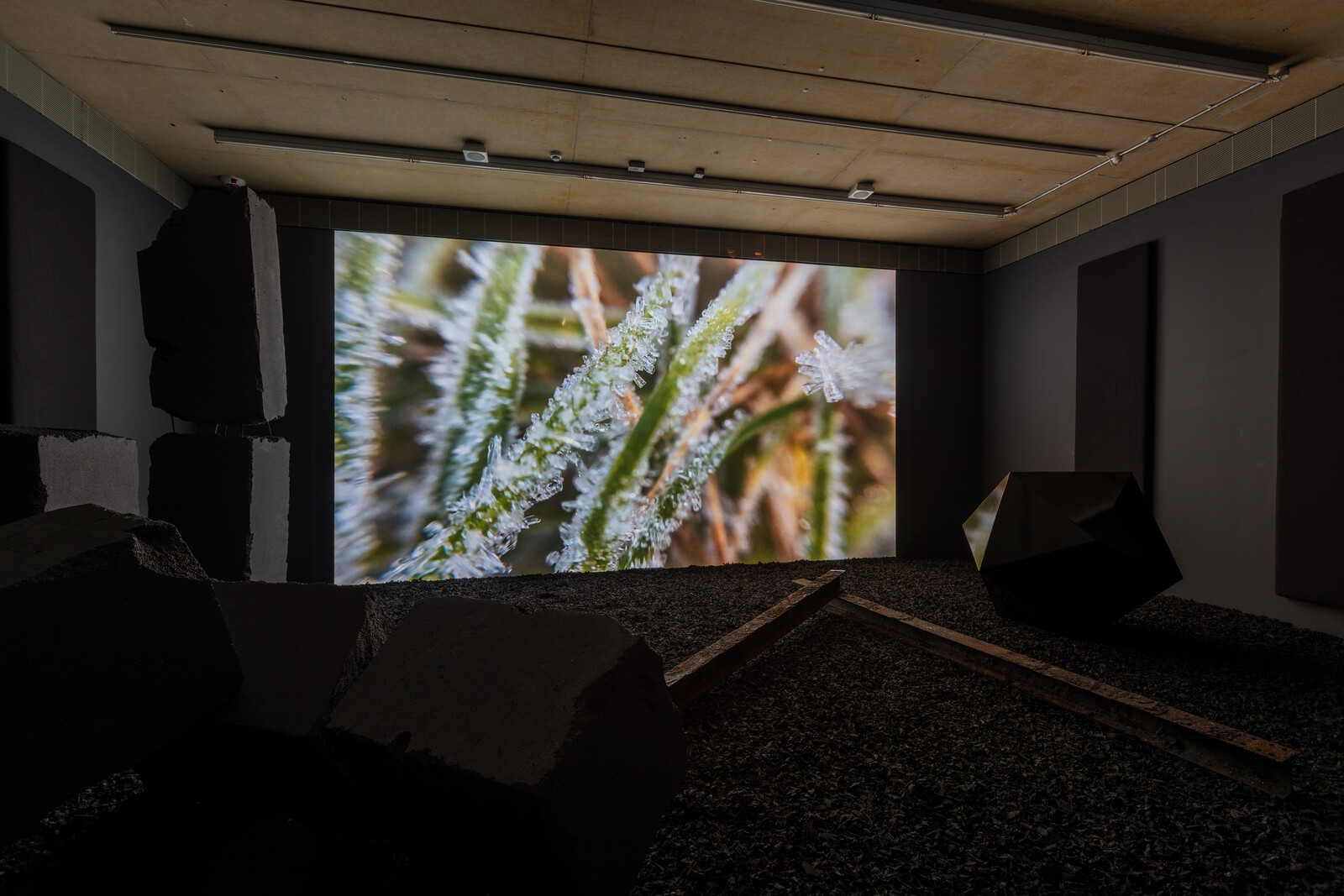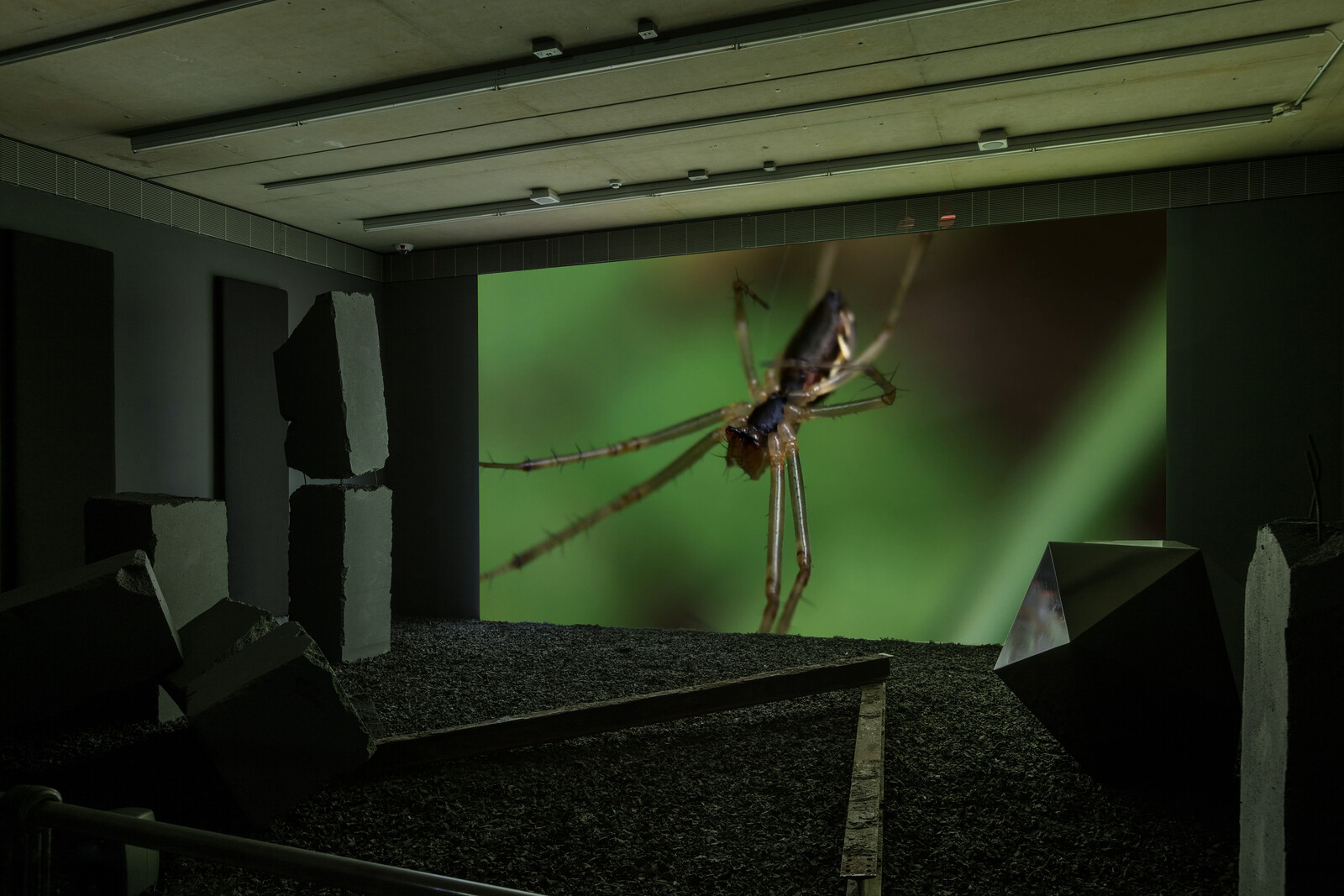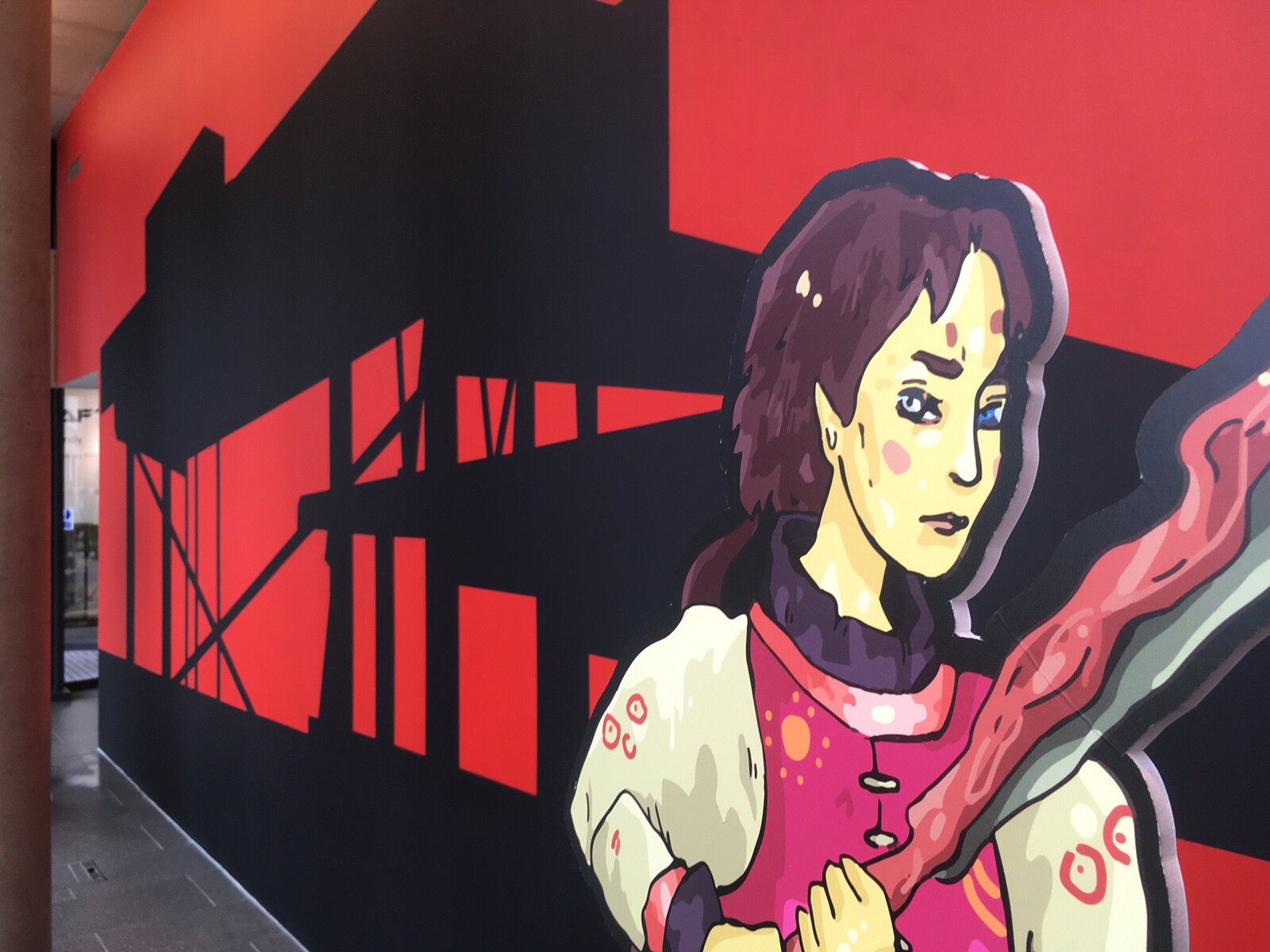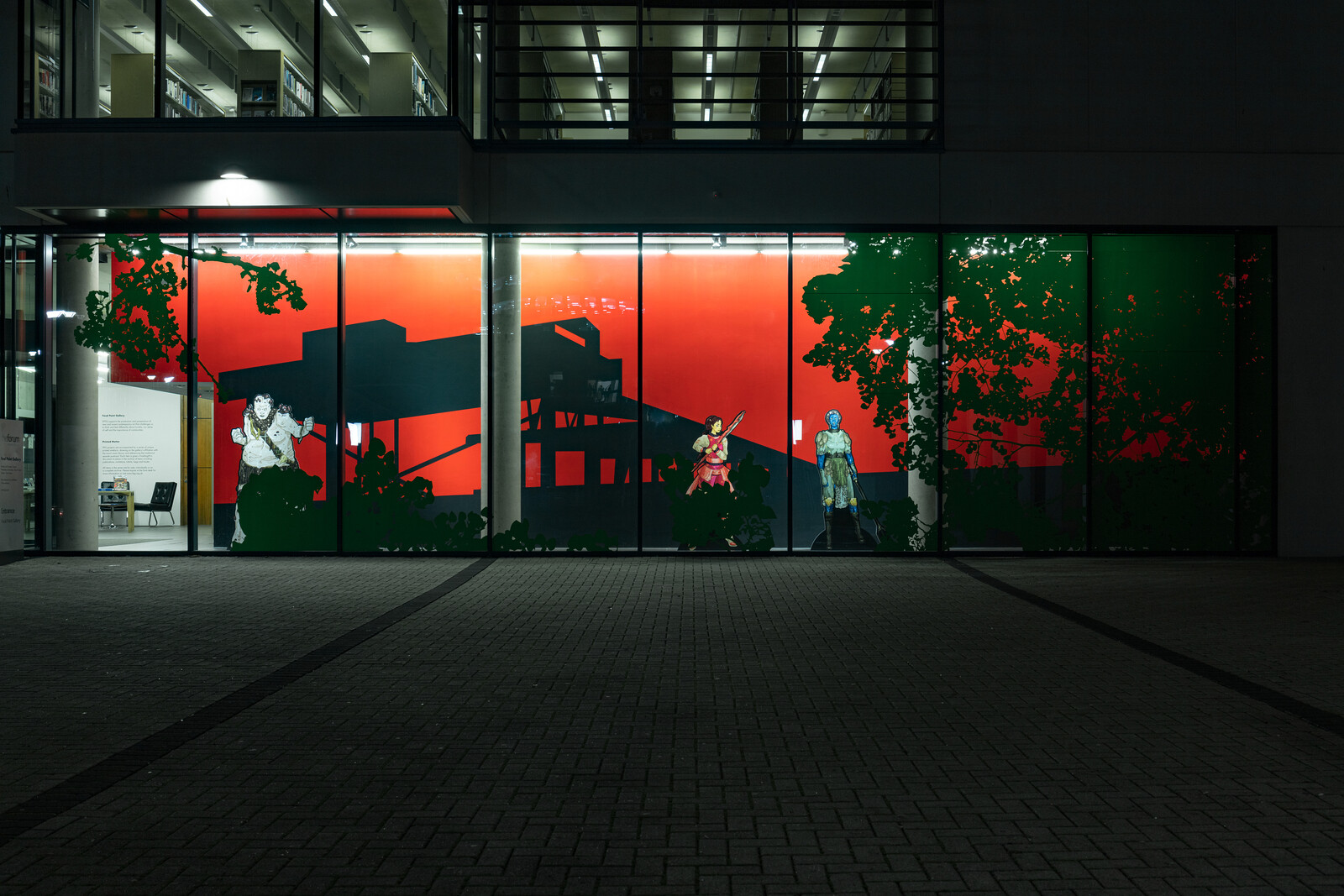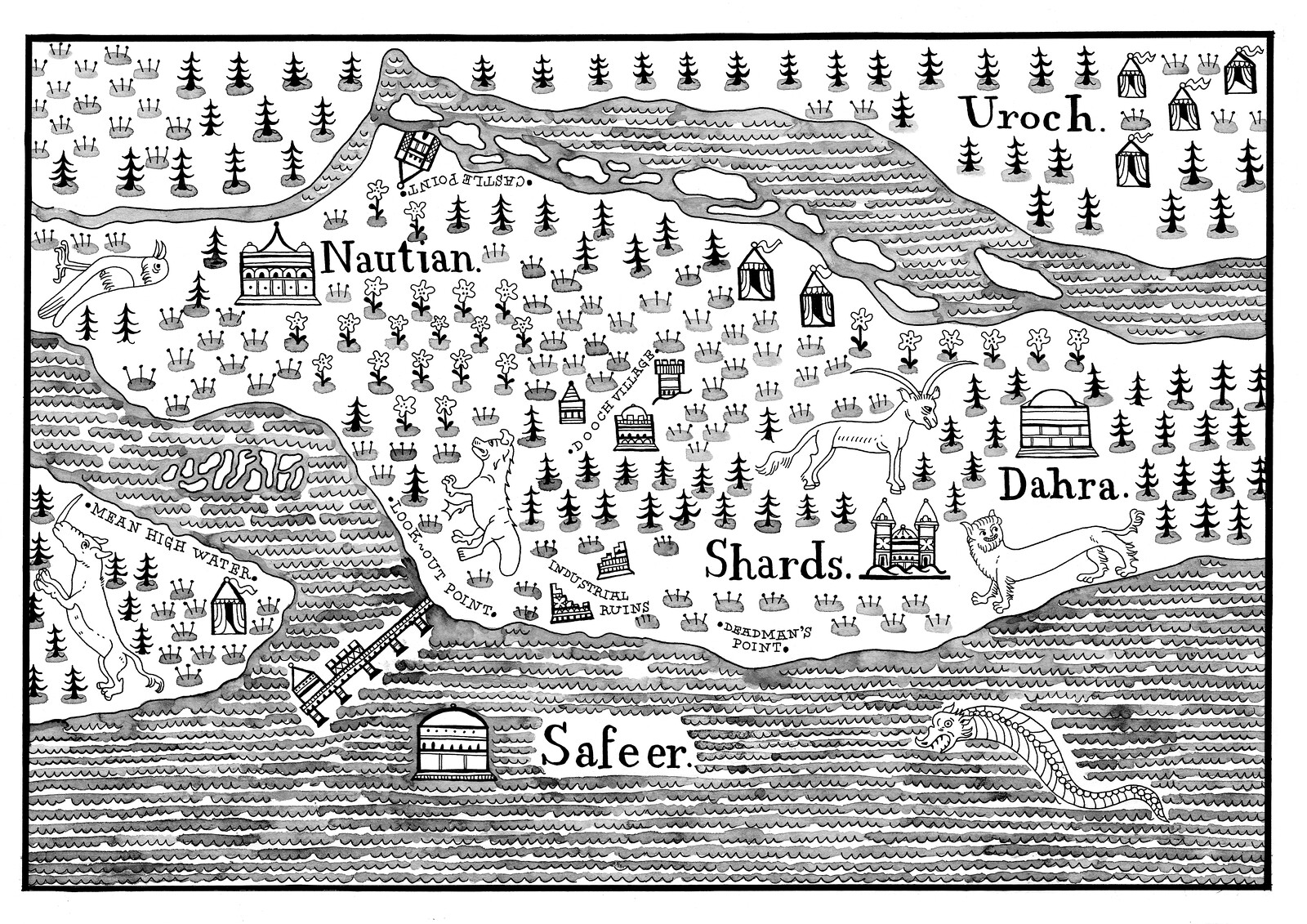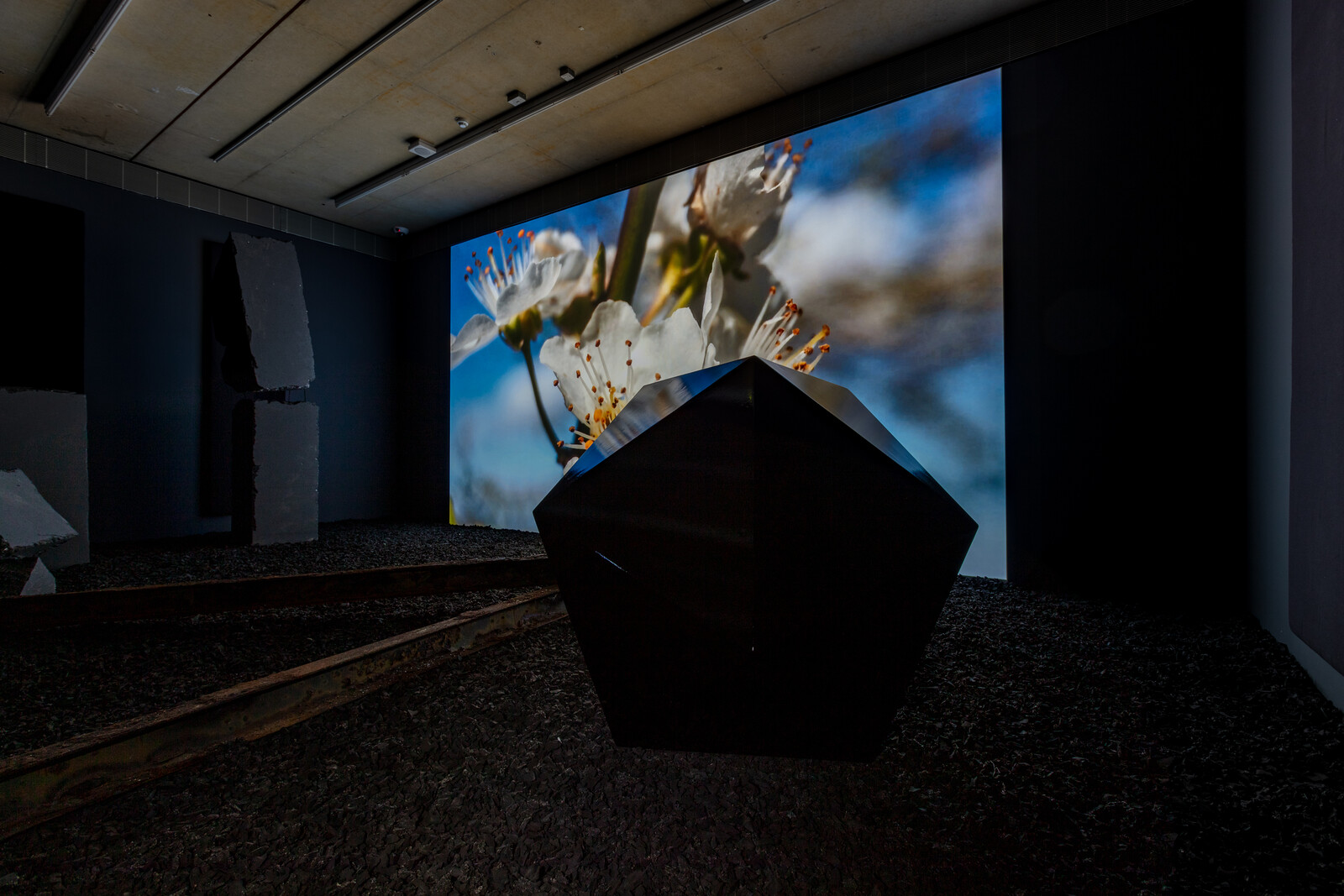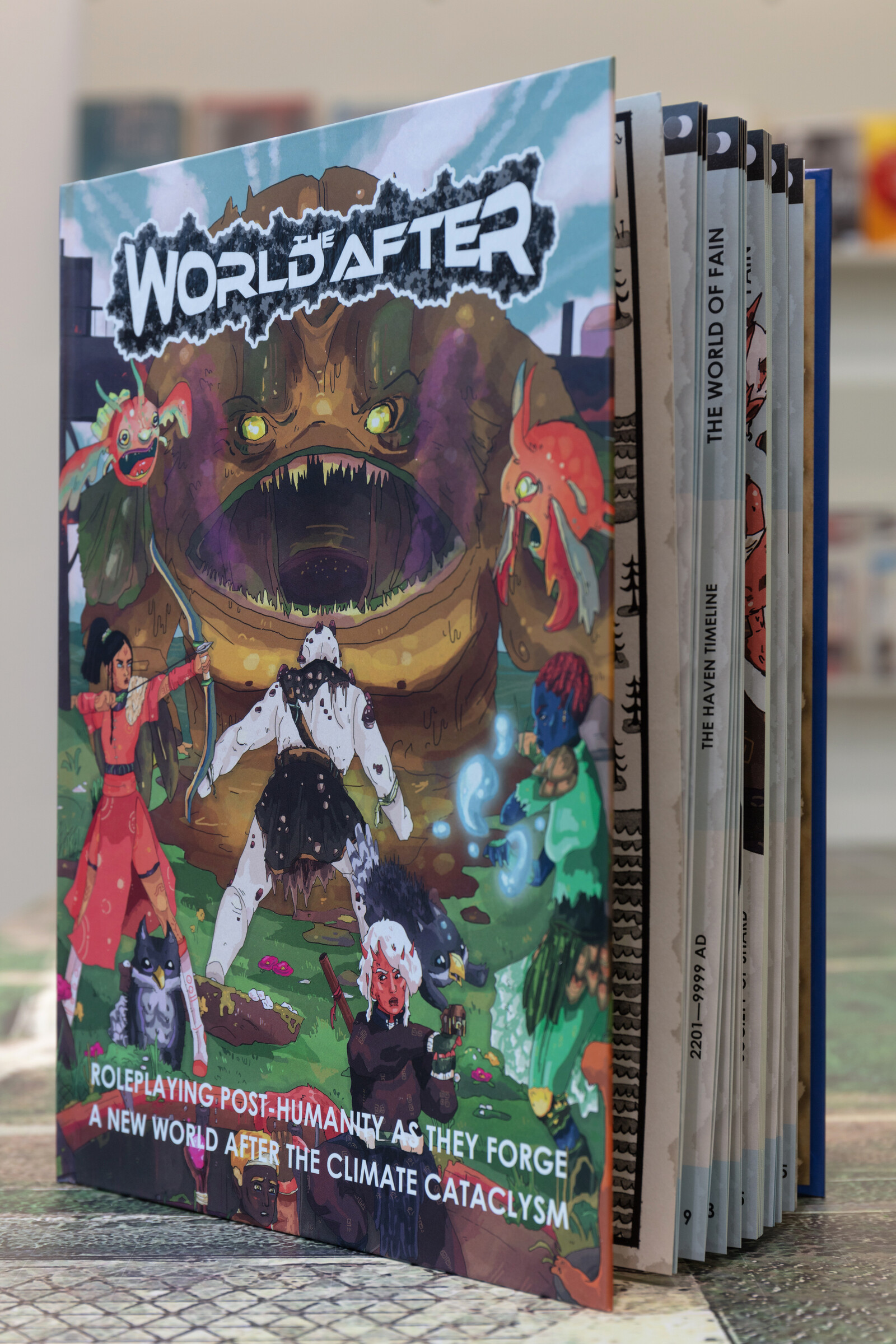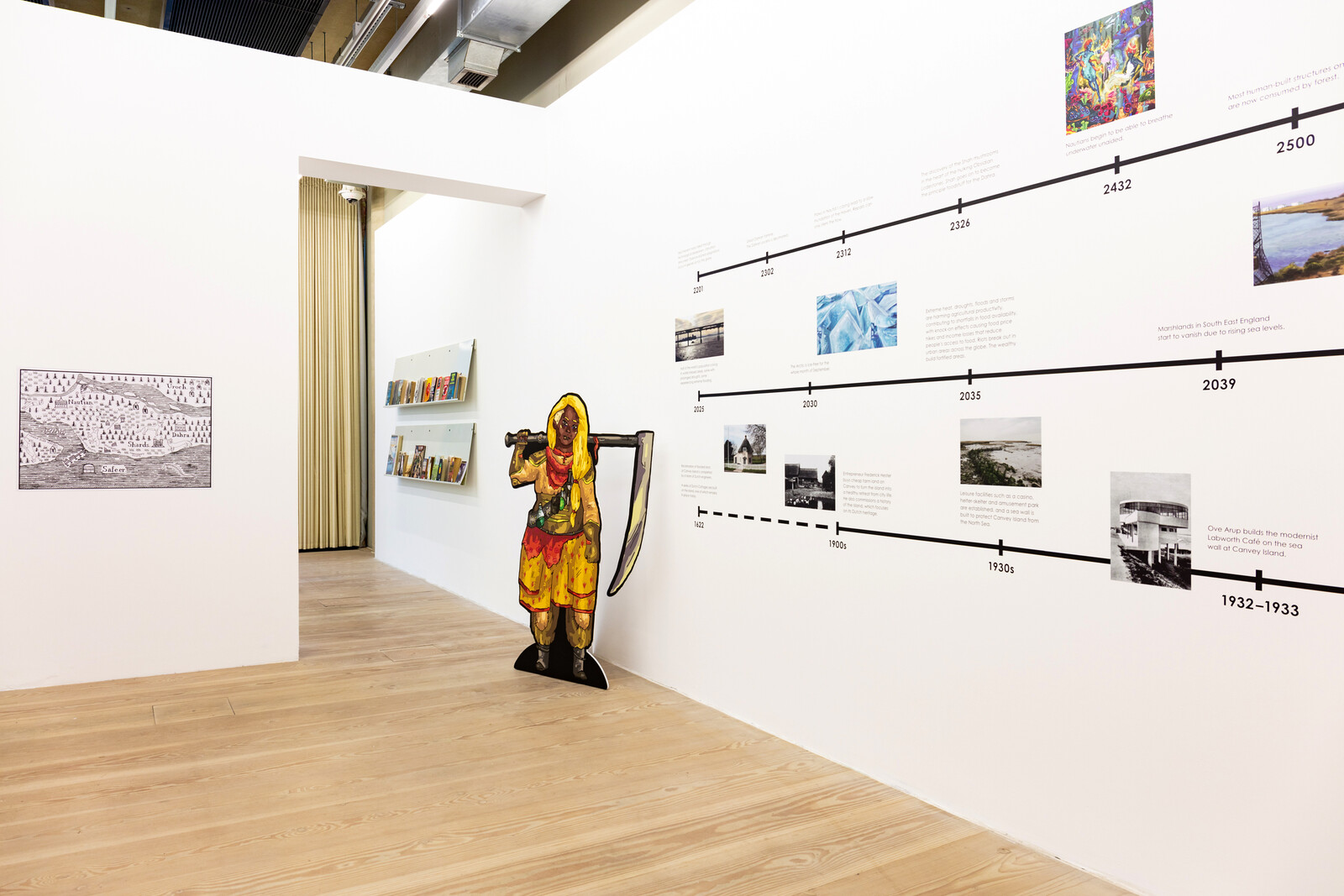Writing in the late 1930s, the Dutch medievalist Johan Huizinga emphasized the generative importance of play to human cultures by delineating its fundamentally nested nature. The rules-bound locales of playgrounds, card tables, or board games all provided what Huizinga termed “worlds within worlds,” magic circles inside which a suspension of social reality might afford opportunities for autotelic rapture.1 While the appeal of such transcendent rhetoric might persist today, it’s increasingly difficult to square with the evolving tribalism and charged politics of contemporary game space, a context that has seen the messaging boards of hotheaded players segue seamlessly with reactionary electoral campaigns, the harassment of feminist critics dovetail with the emergent men’s rights movement, and livestreamed play platforms like Twitch used to document attacks on minority communities, constituting an unprecedented dialogical optics for broadcast terror.2
It seems apposite, then, that “The World After,” an ambitious narrative project by David Blandy, locates novel conditions for dialogue and the consideration of conflicting perspectives within game space itself. The show includes two works: a collaboratively written role-playing module and an essay film inspired by the science-fiction location in which that module is set. Both are presented in a gallery that has been recalibrated as a hobby store, and while the film itself plays in a theatrical space festooned with the apocalyptic debris of ruined cast-concrete monoliths strewn on a dirt floor, the general atmosphere is one of playful pragmatism, with fantastical timelines drawn in vinyl wall text and gaming paraphernalia such as rule books, dice, figurines, and a comprehensive library of speculative fiction and theory provided for public use.
The film is a bricolage of deep future meditations, biogenetic postulations, and elemental histories that recycle eschatological crises as the founding myths of a distant world caught in metamorphic freefall, the evolution of which might seed lessons in our own. “Eons ago, the Old World faded,” the film’s narrator intones with the incongruous warmth of a TV naturalist. “Some tell of a sea of fire. Some of air that spoiled and made throats raw. […] But all refer to it as the cataclysm.” Thus, with the lyrical grandeur of a soured fairy tale, viewers are introduced to the land of Fain, a context 10,000 years hence whose geographical proximity remains local: the Canvey Wick Nature Reserve in the Thames Estuary, home to an oil refinery rendered inoperable by the oil crisis of 1973. Fain is a world vastly different from our own due to the effects of “essence,” a mysterious healing medium that has seeped from the earth’s crust—a trope reminiscent of the environmentalist James Lovelock’s self-healing earth theory, the Gaia hypothesis. Essence has catalyzed rampant molecular change in the flora, fauna, and populations who fight for life as the distant descendants of survivors who, we are told, took refuge for millennia in subterranean communities known as “havens.”
Blandy’s film doesn’t show us these communities, but instead identifies the alien in the terrestrial by training the lens of an iPhone camera on a proxy menagerie of catkins, lilting fennel, spittlebugs cocooned in their own frothing secretions, and the delicate spectacle of defecating honeybees. Backed by a score of swelling strings and ambling flute melodies at once elegiac and ennobling, a chorus of narrators define Fain’s aboveground environs as the “intersection,” a “zone”-like space of difference and differentiation in which the contingencies of endless physiological and cognitive alterity necessitate novel diplomacies between species. “Between each mutant synapse, an idea, a sacred grove,” one narrator intones, suggesting unbridled forms of sentience, “starlings and stones with the same voice.”
The imagined space of the “intersection” becomes the locus for the most pointed provocations in “The World After,” and where it draws perhaps most productively from the influence of Octavia Butler and Ursula K. Le Guin. Although the film provides a conduit to imaging what such a space might look like, it’s the collective experience of the exhibition’s role-playing game that allows viewers to understand how such a place might feel. Role-playing games are empathic technologies, requiring players to engage in a form of non-competitive storytelling that prioritizes continuity through dialogue, not resolution in victory. “The World After” inverts the heavily gendered and racialized cosmologies of the fantasy genre,3 displacing a traditionally centered white heteronormativity into a series of societies-to-come, which include an isolationist amphibian technocracy and a lunar-transitioning community of inter-gender subjects, the lives of which we are encouraged to inhabit.
These narrative simulations not only prompt a defamiliarization of the body and its capacity for social relation but also work to resynchronize the temporalities of apocalypse by collapsing the idea of future disaster back into a considered present that might be play-tested. Blandy’s comprehensive world and its conversational mechanics of play suggest a verdant afterlife for “The World After,” one in which its deviant seeds will take root beyond the gallery in the splintered narratives explored with friends in everyday environments, gathered at the pub or slumped on the sofa, lost in the flow and discursive vulnerabilities of play.
Nick Dyer-Witheford and Greig de Peuter, Games Of Empire: Global Capitalism and Video Games (Minneapolis: University of Minnesota Press, 2009), xxxiv–xxxv.
Kevin Rose, “A Mass Murder of, and for, the Internet,” The New York Times, March 15, 2019, https://www.nytimes.com/2019/03/15/technology/facebook-youtube-christchurch-shooting.html.
Helen Young, Race and Popular Fantasy Literature (London: Routledge, 2018).
